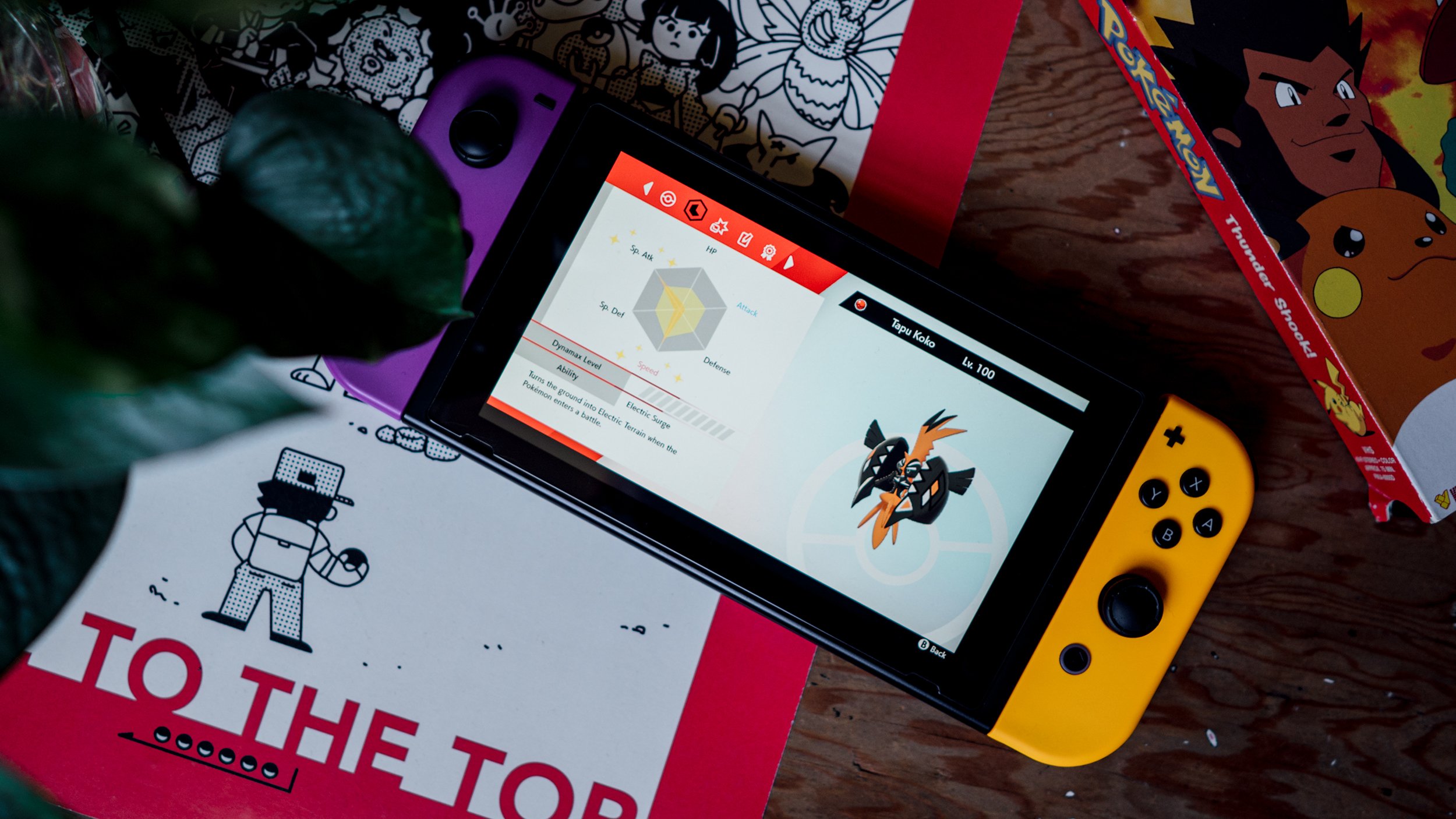
1 HP is Infinitely More than 0 HP
4min 57sec read
Even when a Pokemon has just 1 HP, it can still have an impact on the battle. Learn about when you should conserve a low health Pokemon.
Written by Wolfe Glick
Battling / Specific Battling Concepts
If you’ve played through a Pokemon game, you’re probably familiar with the HP bar. It starts off green, changes to yellow when the Pokemon loses 50% of its maximum HP value, and changes to red once the remaining HP hits 25% of capacity. In a playthrough, a Pokemon hitting that red zone is bad news - in large part because the music becomes more stressful, though also because it means your Pokemon is probably about to get knocked out. Just like how someone playing through the game might want to save their beloved Pokemon from being knocked out, in competitive Pokemon you might want to preserve one of your Pokemon even when their health is low.
All of your Pokemon will function in exactly the same way no matter how much health they have left - a Pokemon at low HP won’t do less damage than if it was fully healthy. Even with only 1 Hit Point remaining, Pokemon can sometimes be impactful on the battle. The goal of this article is to get you thinking about when a Pokemon is worth saving for later, and when they’ve earned a rest until your next match.
When to preserve a low HP Pokemon
Sometimes the correct move is to switch out one of your Pokemon that has taken damage in order to preserve them for later in the battle. While there’s no hard and fast rule for knowing when to do this, there are a few things to consider.
Will You Be Able to Bring It in Later?
There isn’t much point in saving one of your Pokemon now if you won’t be able to get it in safely later. Some ways of bringing Pokemon in without them taking damage include:
After another one of your Pokemon gets KOed
Moves such as Volt Switch, U-Turn, and Parting Shot used after the opponent has attacked
Switching into a move that does little to no damage (think about moves your Pokemon might be immune to, like if it’s a Flying-type or Ghost-type)
Switching a Pokemon in while its partner KOs the relevant opposing Pokemon
Switching a Pokemon in by making a prediction (risky)
If you don’t think you’ll have an opportunity to bring the Pokemon in later, it might be better to let it go down now rather than risk damage on your other team members.
Will the Pokemon be able to have an impact later?
If you’ve decided you’ll be able to bring your Pokemon in safely later, great! The next thing to assess is if the Pokemon will be able to impact the battle in a meaningful way once it has safely re-entered the field. Here are some things to consider:
Will your Pokemon be able to move before your opponent’s Pokemon?
Most Pokemon need to be able to attack in order to have an impact on the battle. For an attack to have value, it needs to actually be used, and a Pokemon that faints before using an attack won’t get value out of their attack.
This isn’t always about the Speed stat - many impactful moves have increased priority. These can be both offensive moves (Grassy Glide, Aqua Jet) or support moves (Fake Out, Follow Me).
Sometimes the reason your Pokemon is currently being outsped is because of some form of Speed control that your opponent has, like Tailwind or Trick Room. If you can outlast these effects, your currently vulnerable Pokemon may have more value.
Your opponent may have one Pokemon in particular that is faster than your low HP Pokemon - if you focus on removing it, you might give your low HP Pokemon more breathing room.
Does your Pokemon have an ability that will be useful later?
Some abilities activate when switching in, and can be useful even if the Pokemon fails to attack. Notable examples include Intimidate and abilities that change the weather or the terrain.
Even if your Pokemon doesn’t meet the above criteria, there may still be value in saving it as a sacrifice later in the game. Sacrificial Pokemon provide value to their teammates in a few ways typically.
Allowing a teammate to reactivate an ability on switch in
Letting a teammate switch in at the end of the turn safely
Allowing a teammate to reset stat drops or other negative effects safely
Stalling out an opponent’s field condition like Trick Room or Tailwind
How much value a Pokemon can provide later depends largely on the context of the battle. In addition to the value, it’s important to consider the cost of switching out a Pokemon. It can be risky to switch, and if the turn doesn’t go in the way you anticipate you may end up in a worse position than if you’d simply sacrificed your Pokemon. When considering saving your Pokemon, try and assess whether the value you might get is worth whatever risks you have to take.

